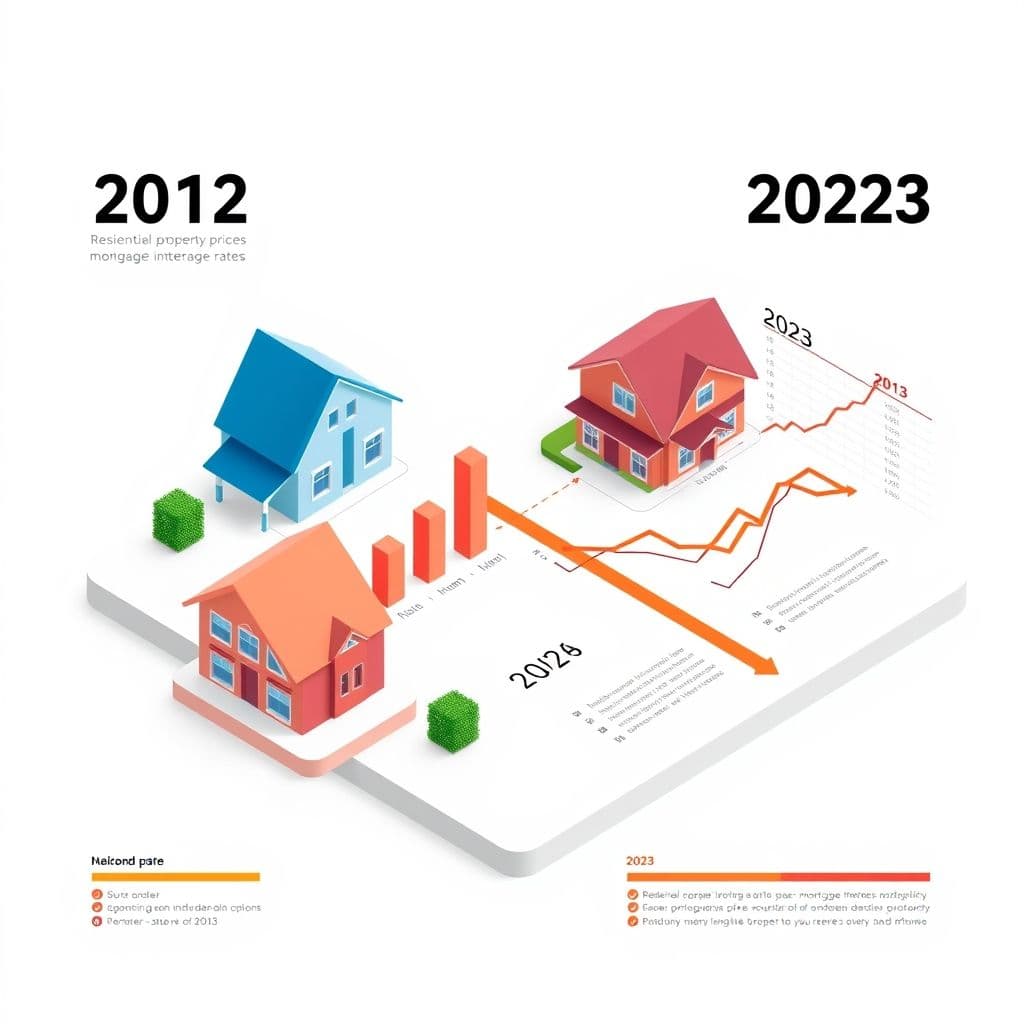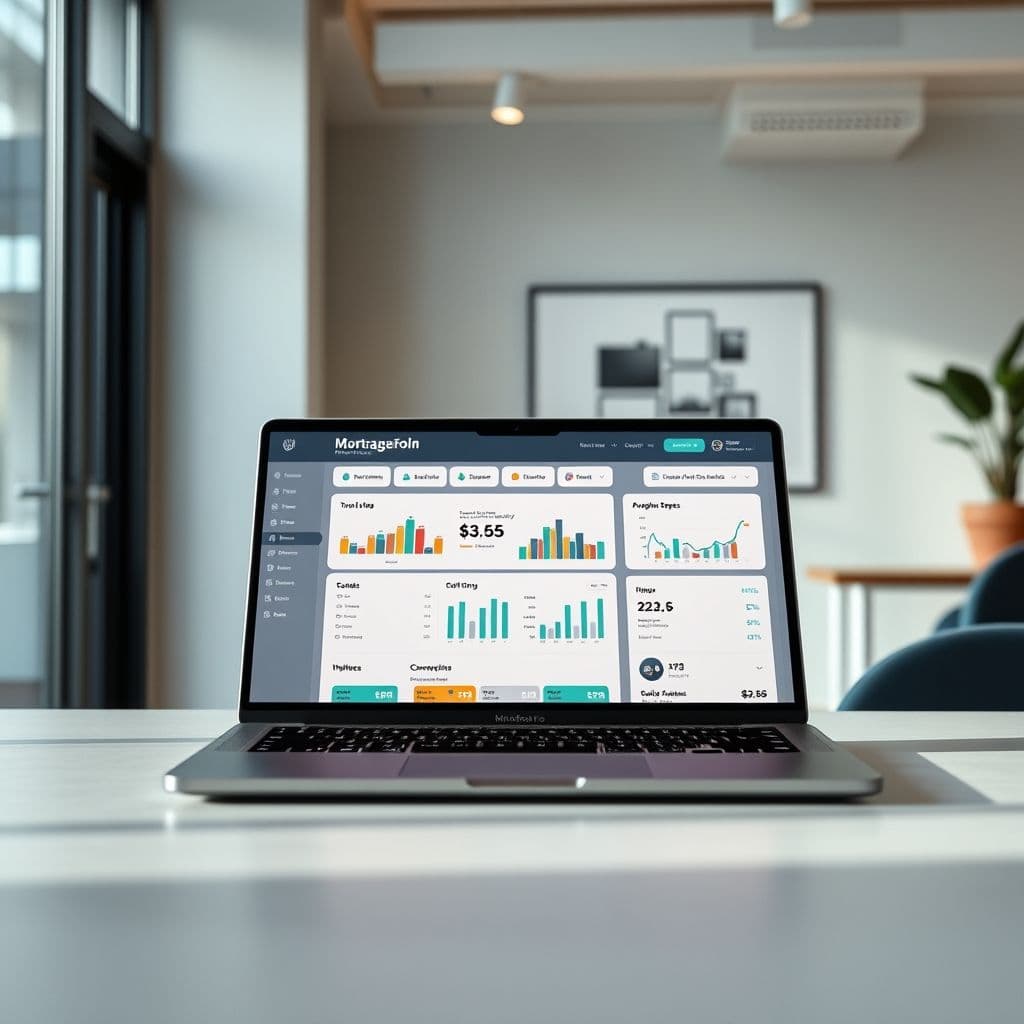The Homeownership Crisis: How a SaaS Solution Could Simplify Mortgage Affordability

The dream of homeownership feels increasingly out of reach for many. With mortgage rates soaring and housing prices at all-time highs, the gap between income and affordability has never been wider. Comments like 'I make over $150K now & I’ll just rent at this point' highlight the growing frustration. But what if there was a smarter way to navigate this crisis? Enter a hypothetical SaaS solution designed to demystify mortgage affordability and empower potential buyers with real-time, personalized financial insights.
The Problem: Why Homeownership Feels Impossible
The current housing market is a perfect storm of challenges. Rising interest rates, stagnant wages, and inflated home prices have created a scenario where even high earners struggle to afford a home. As one commenter pointed out, a $4,100 mortgage on a $200K salary is financially draining. Another lamented the stark contrast between 2012, when they bought a $62K home with a $400 monthly mortgage, and today's reality. The traditional 25-28% gross income rule for housing costs now seems unrealistic for many, leaving potential buyers confused and discouraged.

A Potential SaaS Solution: Personalized Mortgage Planning
Imagine a platform that goes beyond basic mortgage calculators. This hypothetical SaaS tool would integrate real-time market data with users' unique financial situations to provide truly personalized affordability assessments. It could factor in local tax rates, insurance costs, PMI, and even future rate projections to give a comprehensive view of what homeownership would actually cost. The system might also suggest optimal down payment percentages and loan terms based on the user's financial goals and risk tolerance.
Key features could include interactive scenarios showing how different income levels, down payments, and interest rates affect affordability. The platform might also offer 'what-if' simulations, allowing users to see how potential salary increases or market changes could impact their buying power. For those considering alternative paths, it could compare the long-term costs of renting versus buying in their specific market.

Potential Benefits and Use Cases
Such a tool could revolutionize how people approach homebuying. First-time buyers could gain clarity on what's truly affordable, avoiding the shock of unexpected costs. Real estate agents might use it to set realistic expectations with clients. Financial advisors could leverage its simulations to help clients plan their path to homeownership. The platform could even integrate with banking systems to provide live updates as users' financial situations change, offering dynamic recommendations.
For those feeling priced out of the market, the tool might identify overlooked opportunities - perhaps suggesting more affordable neighborhoods with strong growth potential or optimal times to buy based on market trends. It could also educate users on little-known programs like first-time buyer assistance or special loan products that might make homeownership achievable.
Conclusion
While the current housing market presents significant challenges, innovative solutions could help bridge the affordability gap. A comprehensive mortgage planning SaaS platform, while hypothetical at this stage, represents the kind of tool that could empower potential buyers with knowledge and confidence. By providing personalized, data-driven insights, such a solution might help turn the dream of homeownership back into a reachable goal for many who currently feel locked out of the market.
Frequently Asked Questions
- How accurate would this hypothetical SaaS tool be compared to traditional mortgage calculators?
- The key differentiator would be real-time data integration and personalization. While traditional calculators use generic assumptions, this tool would factor in live market rates, local taxes, and the user's complete financial picture for more accurate projections.
- What would be the biggest technical challenge in developing such a platform?
- The main challenges would be securing reliable data feeds from multiple sources (mortgage rates, property taxes by location, insurance costs) and creating algorithms that can meaningfully analyze a user's complete financial situation to provide actionable recommendations.
- Could this tool help people who think they can't afford a home?
- Absolutely. By identifying all available options and programs, the tool might reveal paths to homeownership that users didn't know existed, such as special loan programs, grants, or more affordable locations with good growth potential.


